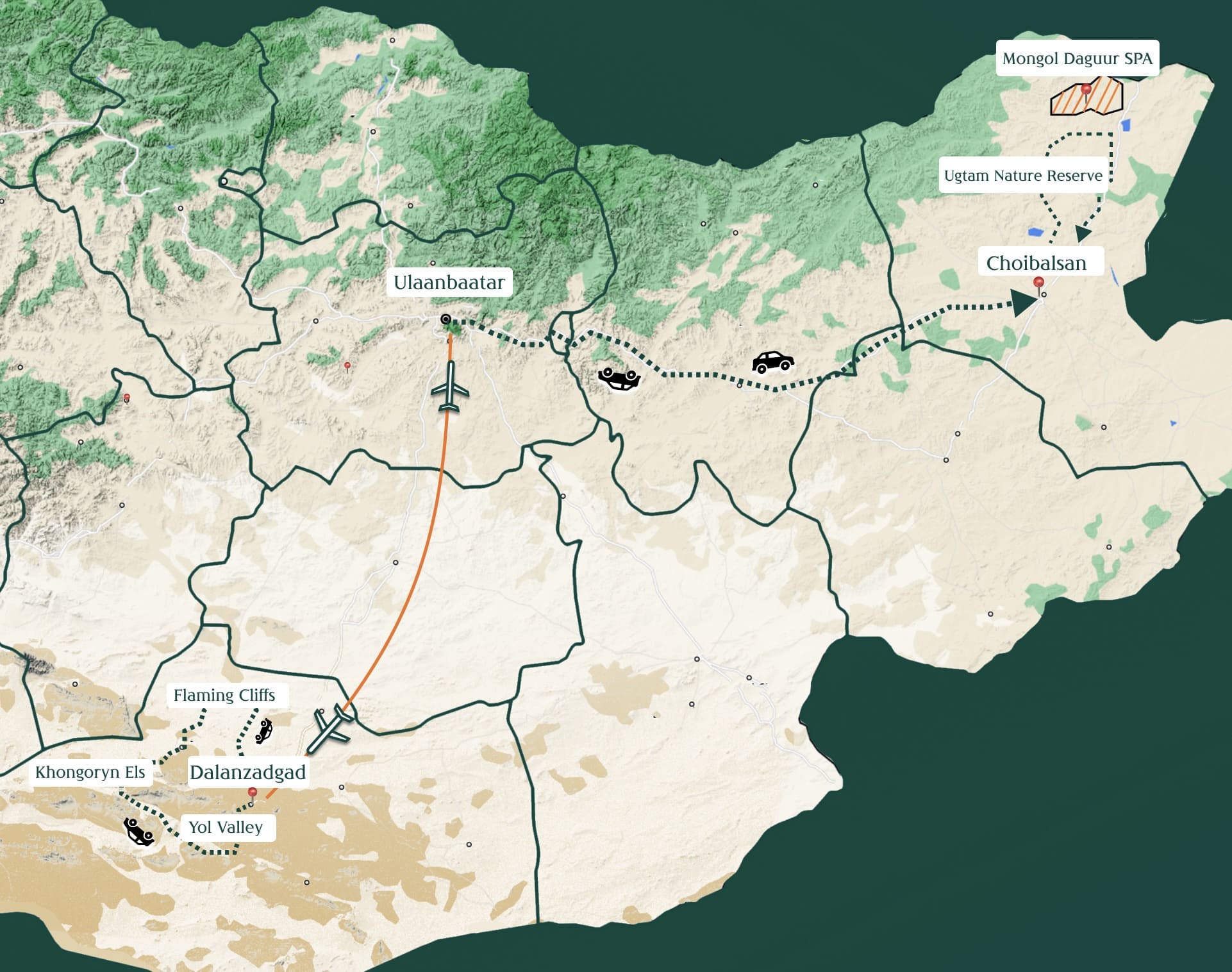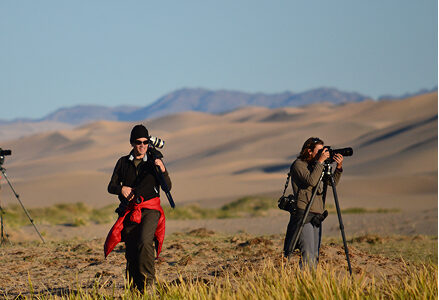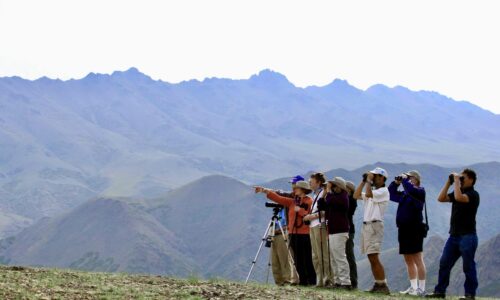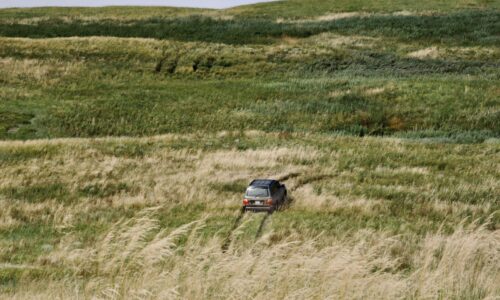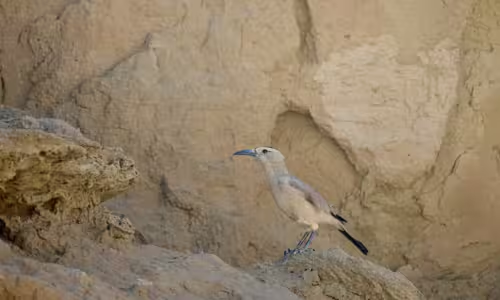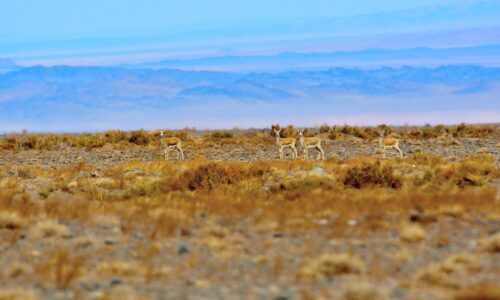TRIP SUMMARY
TRIP HIGHLIGHTS
WHAT YOU CAN EXPECT...
-
Journey through the vast eastern grasslands and steppes of Mongolia, uncovering the intricate ecosystems and seeking out the region’s remarkable wildlife.
- Explore the Mongol Daguur ecosystem and its many important bird habitat areas.
- Visit the Gobi desert and ride two-humped Mongolian camels on the sand dunes.
-
Enjoy meeting with nomads and exploring the nomadic culture of Mongolia.
THIS TRIP IS PERFECT FOR...
- Bird enthusiasts eager to observe diverse water birds and cranes.
- Nature lovers seeking an immersive experience in Mongolia’s unique habitats.
- Wildlife photographers looking to capture stunning avian and landscape photography.
- Adventurers interested in exploring the vast and varied landscapes of Mongolia.
- Ecotourists keen on experiencing both the lush steppe and the arid beauty of the Gobi Desert.
TRIP MAP & ITINERARY
Arrive in Mongolia’s capital, Ulaanbaatar, set in the Tuul River valley at the base of Bogd Khan Mountain. Originally a nomadic Buddhist center, the city now blends monasteries, Soviet-era buildings, and modern high-rises. Enjoy a short city tour and a welcome dinner.
(Hotel Kempinski or similar; D)
Embark on a scenic full-day drive east to Choibalsan, Mongolia’s fourth-largest city. Travel through diverse landscapes—from forest-steppe to open grasslands—with stops for photography and wildlife spotting. Enjoy lunch in Undurkhaan, a historic riverside town, before continuing east. Arrive in Choibalsan for dinner and overnight at a local hotel.
(Approx. 10–12 hours driving; Local hotel; B, L, D)
Travel east to Choibalsan, Mongolia’s fourth-largest city, on a full-day overland journey through forest-steppe and grasslands. Stop for lunch in Undurkhaan and enjoy breaks for photos and local encounters along the way. (Approx. 10–12 hrs; Local hotel; B, L, D)
Explore Ugtam Mountain in search of the Endangered Asian Great Bustard, one of the world’s heaviest flying birds. Northeastern Mongolia is a key breeding site for these birds, known for their dramatic “lek” displays each spring.End the day with an overnight stay in a tent camp by the picturesque Ulz River.
(Tent camp, B;L;D)
The Mongolian-Manchurian grassland, one of the largest unspoiled prairies globally, spans nearly 480,000 hectares in Eastern Mongolia. This nature reserve is home to vast herds of Mongolian Gazelle and a vital area for crane breeding, particularly in the Ulz River basin. Surrounded by forests and mountains, the landscape remains largely untouched. Along the journey, you may see Mongol horsemen tending to livestock and visit a Buriad ethnic museum in Dashbalbar town. (Tent camp; B, L, D)
Wake up to the melodies of Mongolian Larks and other steppe-dwelling birds, including pipits and short-toed larks. En route, look for Mongolian gazelles, Pallas’s Cat, and other steppe specialists. Return to the city by evening and stay at a local hotel.( Local Hotel;B, L, D)
After an early breakfast, begin the long journey back to Ulaanbaatar through the vast eastern steppe. We’ll stop for lunch en route and reach the capital by late evening. Upon arrival, check into your hotel and rest.
(Hotel Kempinski or similar; B, L, D)
After a restful morning, visit Songino Khairkhan Mountain and a nearby pond—an unassuming yet rewarding birding site. Key breeding species here include Azure Tit, Yellow-breasted Bunting, Long-tailed Rosefinch, and Great Reed Warbler. Return to Ulaanbaatar by afternoon with free time to relax.
(Hotel Kempinski or similar; B, L, D)
Fly to Dalanzadgad, gateway to the Gobi Desert. Upon arrival, meet your local crew and drive to camp through dramatic desert landscapes. Depending on timing, enjoy a short visit in town or simply settle into your ger and rest for the days ahead.
(Ger camp; B, L, D)
Spend two days exploring the dramatic ridges and deep canyons of Gobi Gurvansaikhan National Park, home to a remarkable diversity of mountain birds. In Yolyn Am Valley, target species include Bearded Vulture, Altai Snowcock, Himalayan Griffon, Golden Eagle, and Kozlov’s Accentor. We may also encounter rare rosefinches, Godlewski’s Bunting, and White-winged Snowfinch along high-altitude trails.
Migratory raptors like the Amur Falcon and Oriental Honey Buzzard may be spotted in season. Watch for Siberian Ibex, Argali, and elusive rodents such as Pallas’s Pika. On the second day, we’ll revisit key sites and explore new canyons for missed species.
(Ger camp; B, L, D)
Travel across dramatic desert landscapes to Mongolia’s tallest sand dunes, flanked by river oases and saxaul forests.
Birding highlights include Saxaul Sparrow, Mongolian Ground Jay, Southern Grey Shrike, Long-legged Buzzard, and a local Lesser Kestrel colony.
(Ger camp; B, L, D)
Travel northeast to the iconic Flaming Cliffs of Bayanzag, the site of the world’s first dinosaur egg discovery. En route, spot Henderson’s Ground Jay, Goitered Gazelles, and shorebirds like Greater and Oriental Sand Plovers.
At a desert oasis, observe Pallas’s Sandgrouse and possibly the rare Oriental Plover, with excellent chances for photography.
End the day with a sunset over the red sandstone cliffs. (Ger camp; B;L;D)
After breakfast, we will drive to the local airport for our return flight to Ulaanbaatar (1.5 hours). The afternoon is free for individual sightseeing and shopping. In the evening, we will enjoy a traditional Mongolian performance followed by a festive dinner to celebrate our adventures in Mongolia. Overnight at hotel. (Hotel Kempinski or similar; B, L, D)
After breakfast, transfer to the airport for departure. (B)
PRICING
- Land transportation using Toyota Land Cruiser jeeps seating 3 passengers each;
- Accommodations in a standard room at hotels, gers in the countryside based on a twin occupancy and expedition style camping in the countryside;
- Airport arrival and departure transfers;
- Sleeping bags; expedition style tents and mats;
- All meals indicated as B, L or D;
- All entrance fees as indicated in the itinerary;
- English speaking national guide throughout your stay;
- Bottled water per person per day and unlimited supply of boiled waters.
- Domestic and international airfare;
- Personal laundry;
- Drinks not mentioned in the itinerary;
- Travel insurance;
- Medical evacuation costs;
- Excess baggage charges;
- Visa fees;
- Gratuities;
- Photography and video fees;
- Any other item not mentioned as included.

